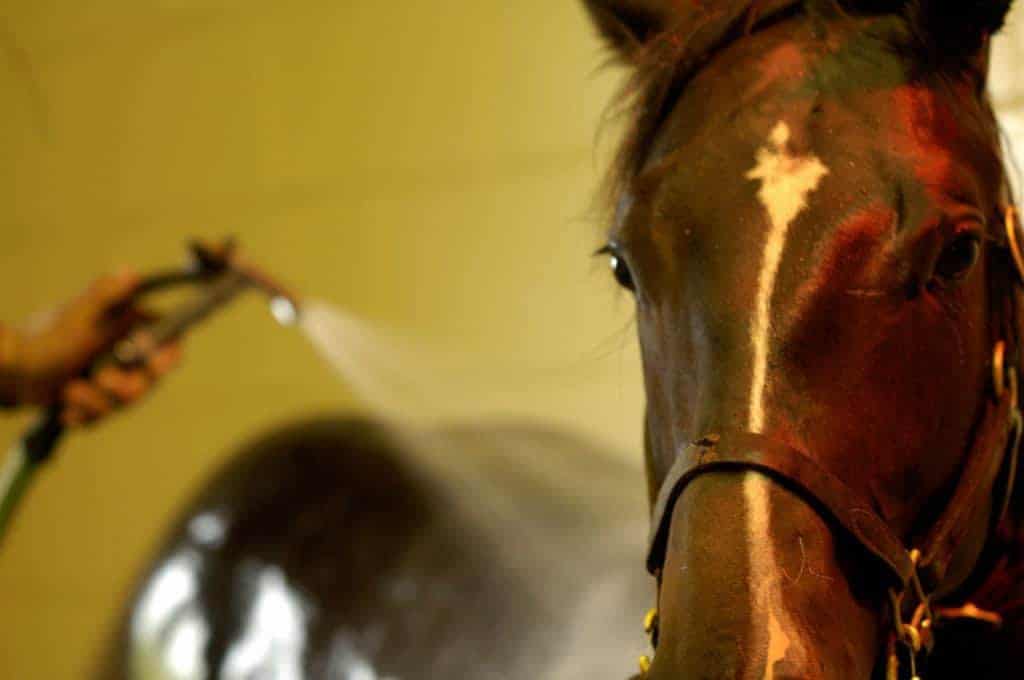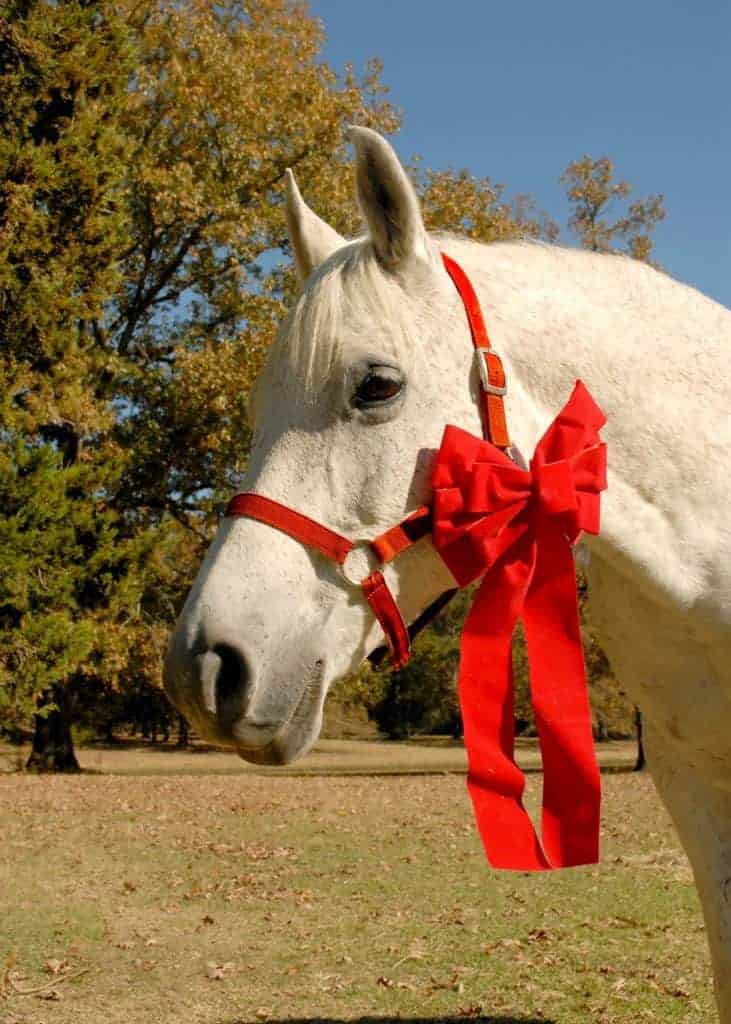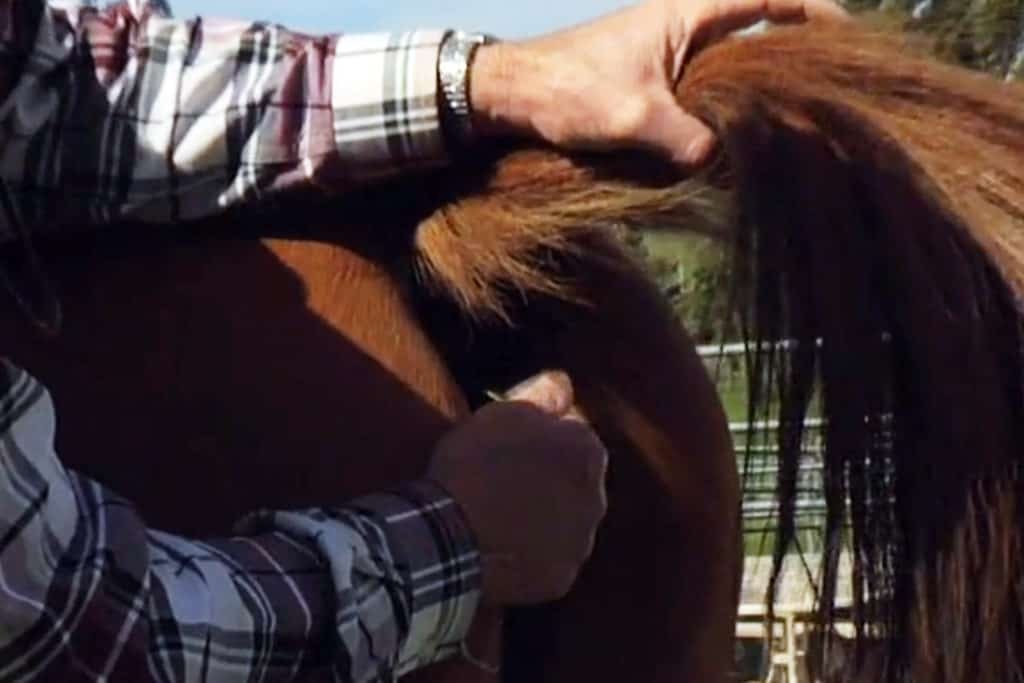Purdue to Host 2014 Horseman’s Forum on Feb. 8
The program includes lectures on feeding senior horses, saddle fitting, moon blindness, bandaging, and more.
The program includes lectures on feeding senior horses, saddle fitting, moon blindness, bandaging, and more.

Every horse owner or caretaker should know how to take a horse’s temperature, pulse, and respiration.

The mucous membranes can provide useful clues about the health of the internal workings of a horse.

Temperature, pulse, and respiration are three vital signs to know how to check if you own or ride horses.

The easiest place to take a horse’s heart rate, or pulse, is the mandibular artery located under the jaw.

What are some signs that a horse has overheated?

Dr. Scott Palmer explains how vital signs are used to monitor racehorses during and after training.

Knowing normal resting (adult horse) vital-sign values can help you establish baseline information for your horse and detect potential health problems early. Learn how in this special report.

Examine your horse’s vital signs, body, and behavior on a regular basis to be a better horse owner.

Use this comprehensive form to evaluate your horse’s well-being from nose to tail prior to a vet visit. Record everything from body condition to lameness. Also covered in this form: vital signs, eyes, attitude, skin coat, gut sounds, and more.

Your horse’s fecal production and appearance can be an indicator of good or poor health.

We’ve compiled a list of the 10 most popular videos of 2012. Did your favorites make the list?

Parents need to be aware of equine ownership commitment and cost before granting a child’s wish.

Tom Cassleberry, DVM, of Fairfield, California, shows you how to take your horse’s temperature.

Attention to conditioning and minimizing wear and tear can help horses stay on the trail for years to come.

Study links common post-surgical heart arrhythmia in horses to anesthesia, surgery, and recovery.
Stay on top of the most recent Horse Health news with
"*" indicates required fields